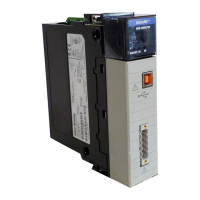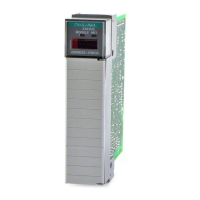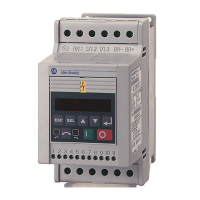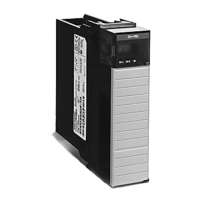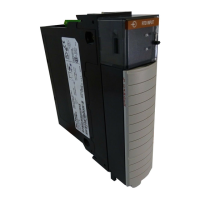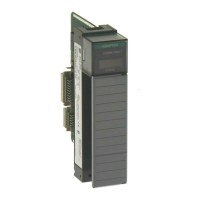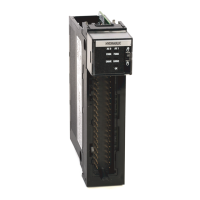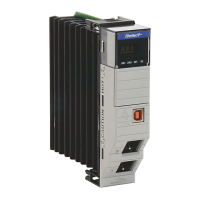3–14 Configuring Through DeviceNet Manager Software
Publication
1756–6.5.15 – July 1998
2. Click on the Enabled check box in the appropriate field,
depending upon whether your device is strobed, polled,
change-of-state, or cyclic.
Important: Once you click on the check box next to
Enabled in the change of state/cyclic field, you
must click on the appropriate radio button next
to change-of-state or cyclic, depending upon
your device and/or application.
For this messaging type Enter
Strobed Strobed sizes
Polled Polled sizes and poll rate
Change-of-state I/O size and heartbeat
Cyclic I/O size and send rate
To have DeviceNet Manager software set the EDS file to the
default setting, choose Set to EDS Default.
3. Choose OK or set an Rx/Tx size by typing it in.
You return to the Scan List Editor screen.
4. Save your data:
To In this Field Choose
Save data to your communication module’s
non-volatile memory
1
Save to DNB
Save data to a file in your pc Save to File
1
This
induces a flash-memory update; the communication module must be in idle mode.
Using the Slave Mode Function
1. Click on the 1756–DNB communication module you are
configuring.
2. Choose Slave Mode.
3. Choose Edit I/O Parameters.
You see this screen.
Notice you are editing a slave device.
"
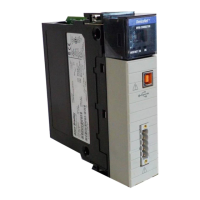
